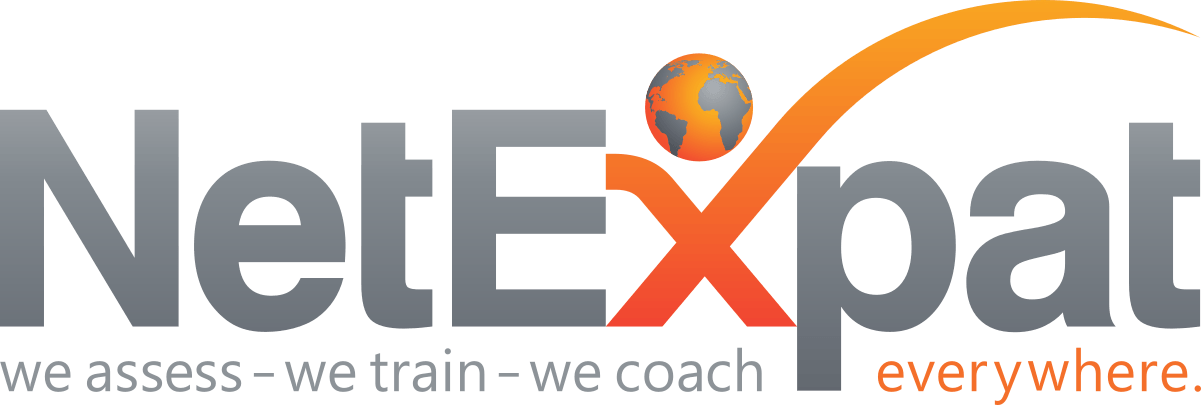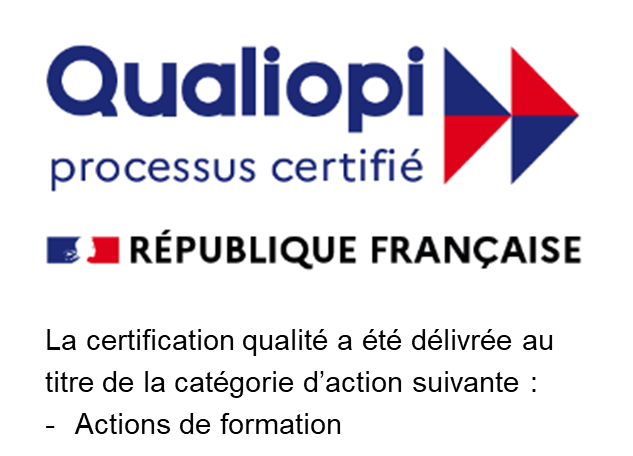Global Talent Mobility: From expense to strategic investment

In today’s rapidly evolving market, businesses have to adapt quickly to scale and stay competitive. At the heart of this challenge is a crucial function that supports all of that growth and adaptation: global talent mobility. More than just moving people from one point to another, effective relocation programs increase productivity, bolster talent acquisition and retention, drive business development, and result in market expansion and financial gains for an organization. So why do so many leaders still consider talent mobility to be an expense instead of a strategic investment? Below, we’ll discuss the importance of shifting perceptions, the long-term positive impacts relocations have on a business’ bottom line, and how internal mobility and HR/talent management teams can start building a business case for organizational leadership buy-in to invest in global talent mobility.
Why Global Talent Mobility is a Strategic Investment
Recent research from Localyze, which includes data from 240 European business leaders and managers across 4 countries, has revealed that global talent mobility benefits an organization’s bottom line in 10 areas: access to global talent, business profits, cultural awareness, knowledge sharing, innovation, employee retention, employee satisfaction, employee morale, faster hiring and DE&I. In addition, the expenses associated with relocations are far outweighed by an ROI gain of up to 270% when it comes to impact on productivity, talent retention, and overall profitability.
In short, because of their daily exposure to mobile populations and associated relocation processes, talent mobility professionals play an integral role in achieving mobility objectives — but they’re also uniquely positioned to offer data-driven insights that can support and contribute to a company’s overarching goals and success.
Talent Mobility: The gift that keeps on giving
When it comes to innovation, competitiveness, and growth, a company’s success is directly tied to the development and engagement of its greatest asset: its employees. Global talent mobility accomplishes immediate goals by getting the right talent where a company needs it to be in the moment – but when used strategically, it also contributes to long-term gains. The following inter-related benefits should always be considered when calculating mobility’s true value to an organization:
Enhanced Talent Acquisition:
By tapping into a global talent pool, companies can attract and retain top-tier candidates from around the world, bringing in diverse skills and innovative ideas that drive competitive advantage and enhance DEI initiatives.
Improved Retention:
Positive employee relocation experiences lead to employee satisfaction and loyalty, because employees feel seen, valued and invested in. This further supports employee engagement, productivity and long-term talent retention.
Positive Market Perception:
Positive employee mobility experiences enhance a company’s reputation, creating a strong mobility brand that attracts top talent and fosters trust in the market.
Succession Planning:
Relocating high-potential employees helps groom future leaders with a global perspective, ensuring a robust leadership pipeline and organizational continuity.
Market Expansion:
Deploying employees to new markets facilitates local presence and understanding, accelerating market entry and growth through regional insights and networks.
Employee Growth:
Global assignments develop a more adaptable and skilled workforce, with employees gaining cross-cultural experience and global business acumen essential for the company’s expansion.
Investment Versus Expense: Why the disconnect?
With costs rising and resources tightening in every industry, it’s easy to understand why many decision-makers get caught in the trap of seeing talent mobility as an expense versus an investment. Short-term savings and cost-cutting measures end up outweighing long-term benefits, especially if leaders aren’t aware of what those long-term benefits are. Additionally, if mobility programs aren’t clearly aligned with business goals, they may be perceived as peripheral rather than integral to success. Internal mobility teams and HR/talent professionals often have the difficult task of securing procurement or leadership buy-in for the kinds of benefits and services that provide positive employee mobility experiences and secure the positive long-term outcomes described above.
Building a Case for Mobility’s Long-Term Value
As we often say here at NetExpat, providing positive mobility experiences is crucial to the success of any assignment. When relocating families feel supported and their relocations run smoothly, employees can worry less about personal challenges and can focus more fully on their new roles and company goals. But just as crucial as creating supportive experiences for employees is the importance of demonstrating their full positive impact to company leaders. There are several ways that mobility and HR/talent management professionals can start working toward changing perceptions about talent mobility’s value.
List of services
-
Reframe the Narrative:List Item 1
When talent mobility is discussed as a cost center, that’s how executives will view it. Instead, align conversations with corporate strategy and present talent mobility as an investment toward achieving growth and profitability goals.
-
Point out Opportunities for Improvement:List Item 2
Have you been asked to make the same exception for multiple relocations? Show how much money the organization could save by making a policy change. Have you noticed early assignment terminations or attrition patterns related to a specific group of people or origin-destination combinations? Share — or start tracking — the data related to your observations and share them with leadership. Presenting yourself as a strategic thinker will encourage leadership to view you as one.
-
Identify the Right Metrics:List Item 3
To assess the true impacts of a success story — or point out opportunities for improvement – you first have to be able to track the kinds of metrics that correspond with organizational goals. For instance, if your company wants to balance cost control with providing a positive employee experience, and mobile employees need intercultural training to thrive in their new culture, just tracking the number of employees who utilize this training won’t be impactful. Conversely, tracking employee satisfaction, adaptation speed, and retention rates post-relocation (in this fictitious example) could show that employees who utilized cultural training adapted 30% faster and were 20% less likely to leave the company within the first year. A proof point could also be made that the faster adaptation period led to increased productivity, which saved the organization $200,000 annually over the prior year’s lost productivity and recruitment expenses.
- Hard and Soft Costs: In addition to tracking cost and employee metrics, don’t forget to track any additional administrative hours your teams are forced to spend when a failure to invest in mobile employees, process changes, or benefits leads to costly exceptions, trouble-shooting or problem-solving needs to be navigated.
-
Share your Success Stories:List Item 4
Highlight your team’s success stories to illustrate your team’s and talent mobility’s value to leadership. To show accumulated value, combine results from multiple relocations and share the findings. Whenever possible, showcase the broader business impact of talent mobility by sharing metrics, savings, and employee/client satisfaction proof points.
-
Lean on Your Service Providers:
Collaborate closely with service providers such as intercultural trainers, expat support providers, and destination service providers. Leverage their expertise, data, and thought leadership to strengthen your business case. Their reports, research, insights and years of expertise can further demonstrate the value of investing in global talent mobility and the long-term benefits of providing a positive employee experience.
-
Keep Communicating:
Changing perceptions takes time and requires ongoing communication. Make ongoing efforts to provide insights on trends you’re noticing, wins your team is experiencing, and opportunities for aligning mobility with organizational goals. Regular updates and detailed reports to leadership help demonstrate the value of your talent mobility team and program, ensuring it’s seen as a strategic investment rather than a cost center. This continuous feedback loop also allows for timely adjustments to keep your program aligned with business objectives.
Talent Mobility as a Business Partner
Recognizing global talent mobility as an investment that drives innovation, retention, and profitability is pivotal to organizational growth. By inviting talent mobility professionals into strategic conversations, companies can leverage their insights and guidance to navigate complex challenges, meet business objectives, and plan for the future. To secure this strategic advantage, internal teams and HR/talent management professionals may have to do a little legwork to elevate perceptions of global mobility’s critical business value.
For more information on how NetExpat can help you build a business case for providing exceptional employee experiences and investing in global talent mobility, contact us at
info@netexpat.com
Share this post














